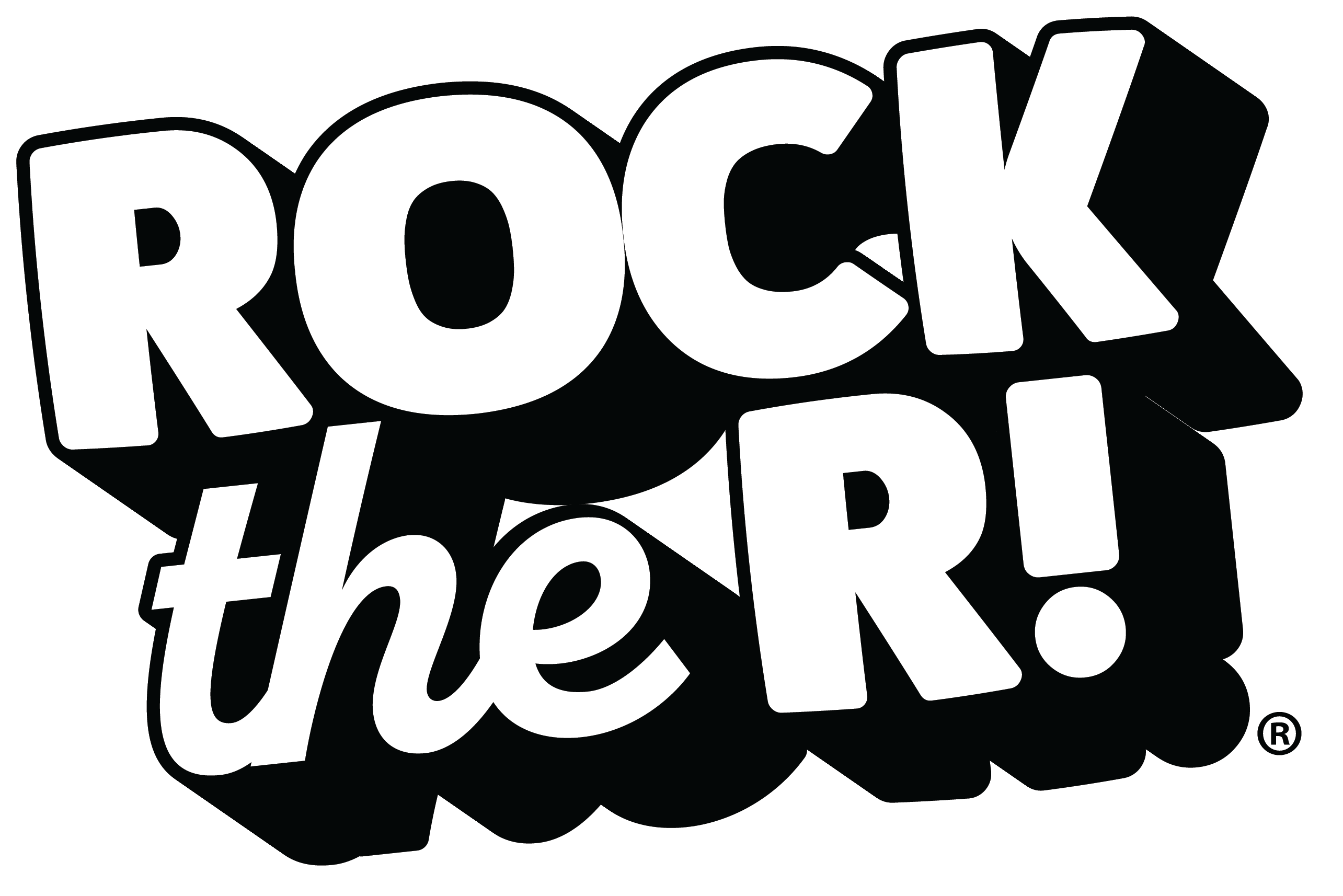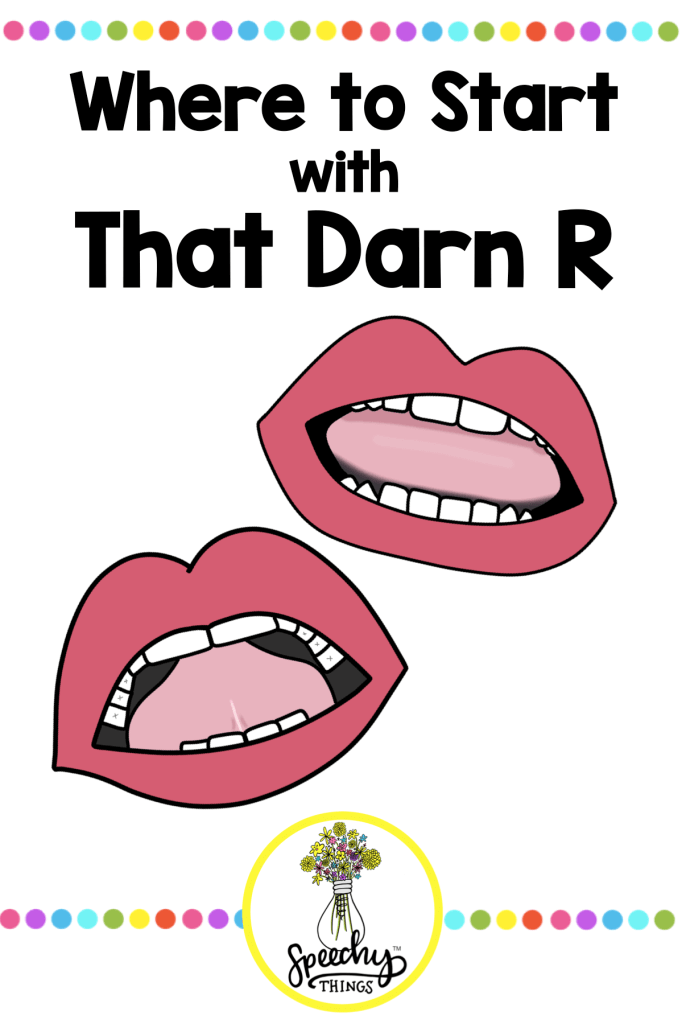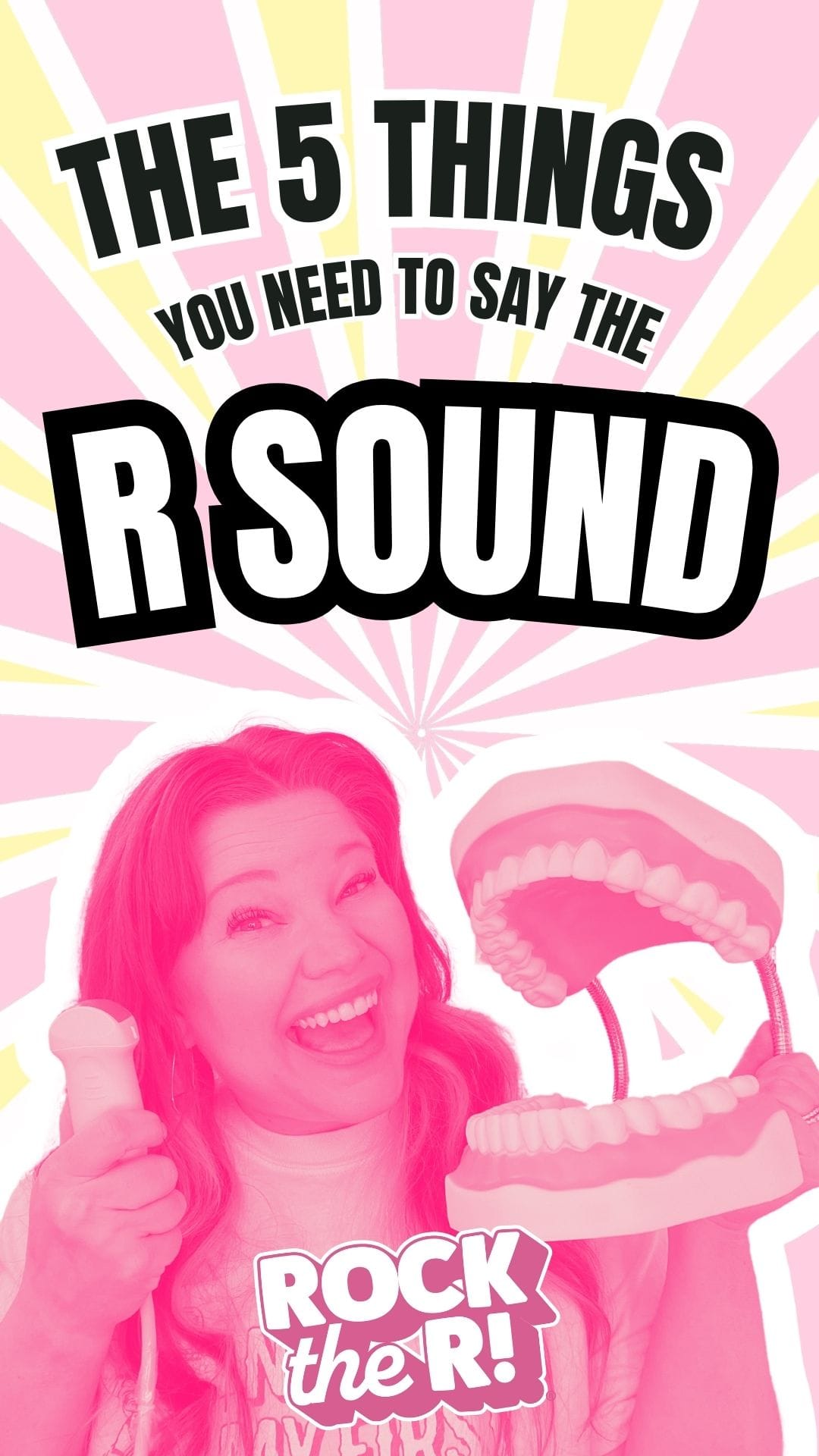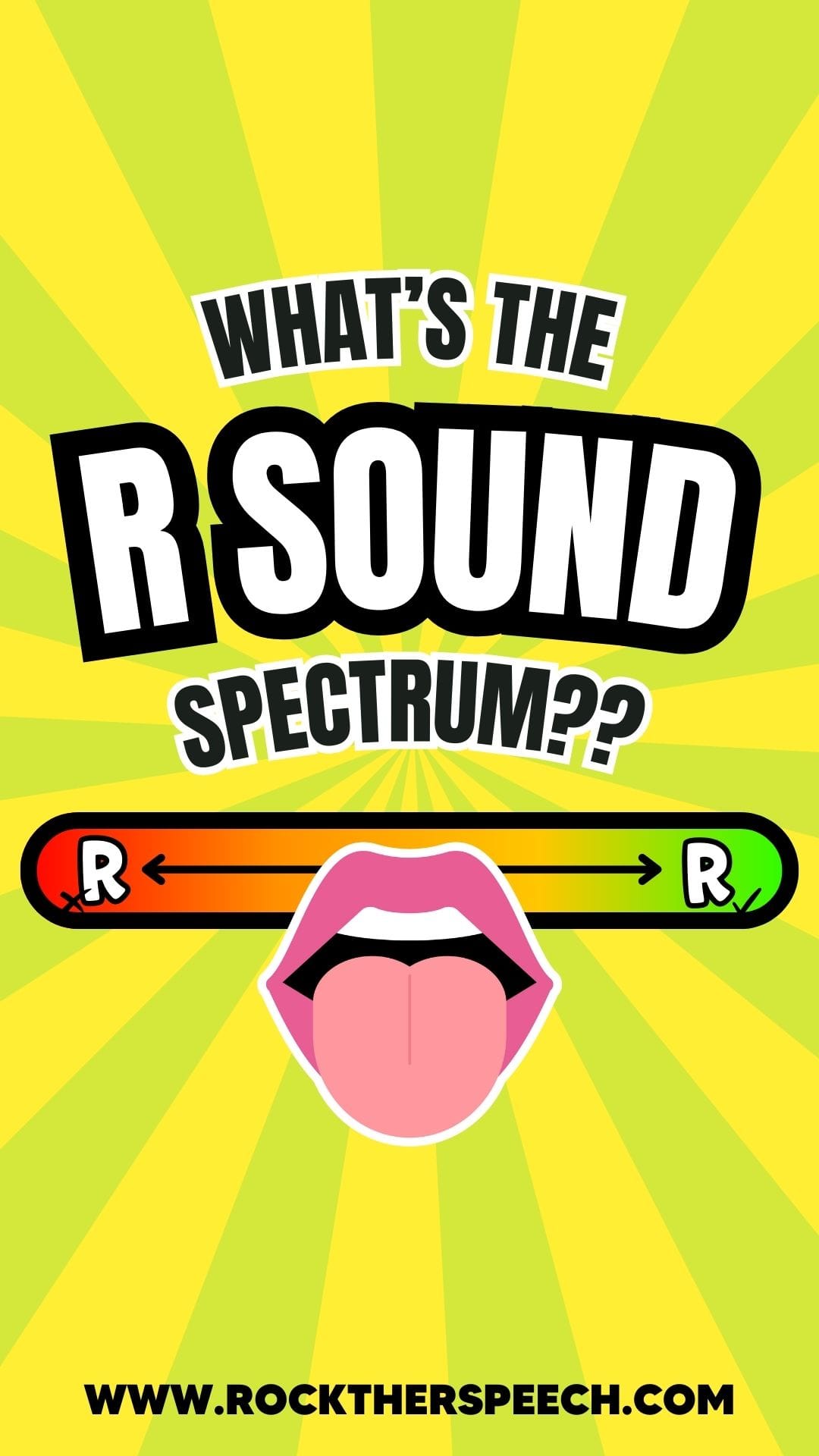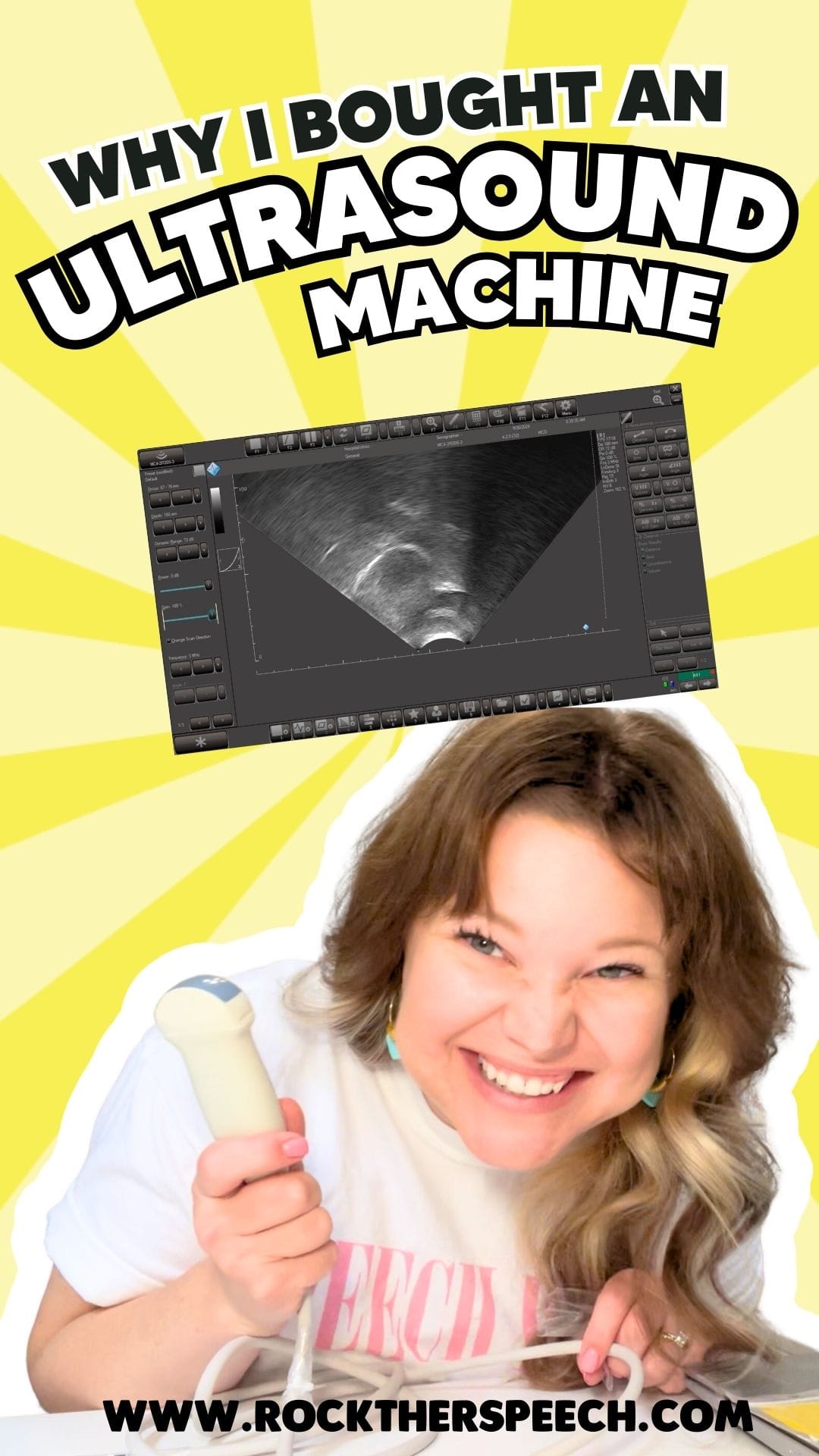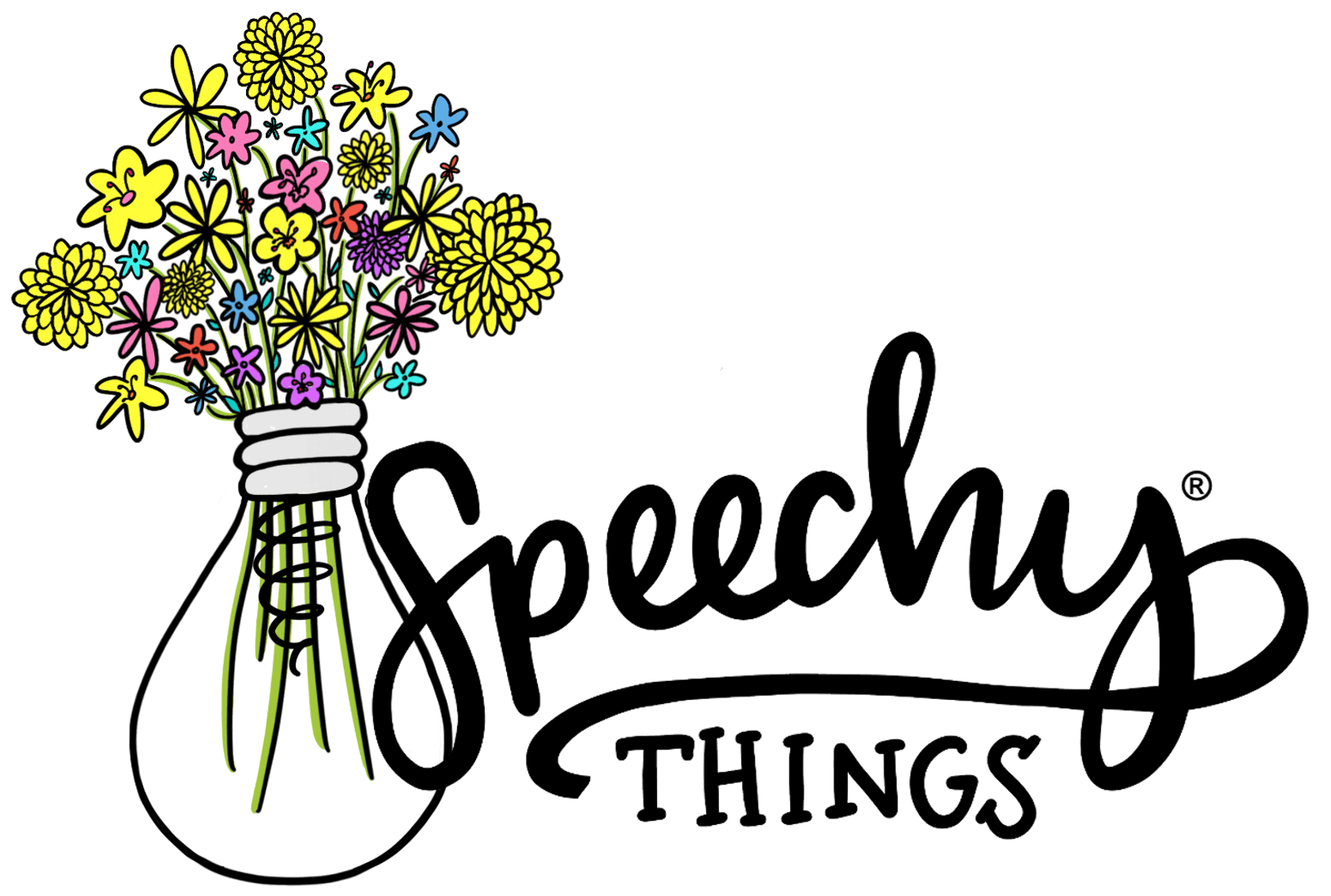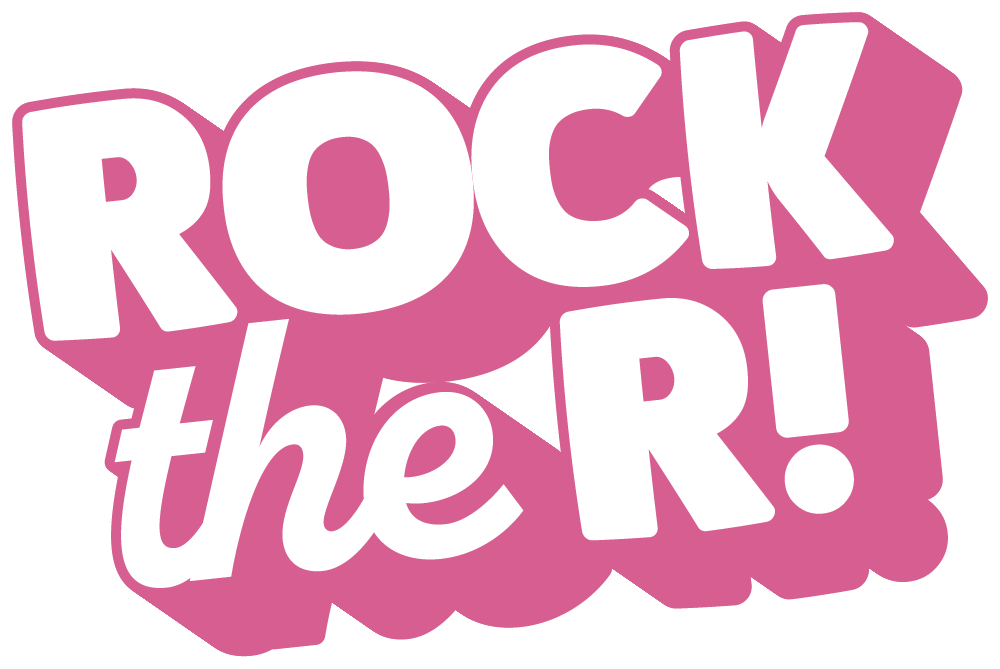I remember the day I found out there were two ways to say the R sound. It blew my tiny grad school mind!
“TWO WAYS TO SAY R!? So you mean there’s the way I say it… and then all the other people are wrong?”
(just kidding)
.
.
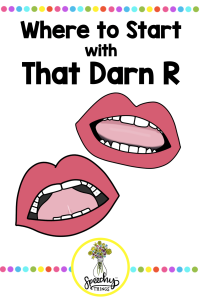
.
.
Both retroflex R and bunched R are both completely valid in the world of speech therapy.
One is not better than the other. Neither is more “right” or more “wrong.” It’s just a difference! I know adults and children who produce beautiful Rs both ways.
So what’s the difference? I’m so glad you asked! I love talking about this stuff.
.
Retroflex R

For this R, your tongue curls backward into a “backflip” type motion. The tip of the tongue hovers below the hard palate, about halfway back in the mouth. The tongue remains wide and controlled throughout the motion.
.
Bunched R

For this R, your tongue “slides” back, almost into the shape of a mountain. The lateral borders of the tongue touch the sides of the top molars and the tongue stays wide for the duration of the R.
.
Still want more information? You’ve got options!
Blog
I’ve got a bunch of blog posts on this website, all about treating R in speech therapy.
YouTube
You can check out my YouTube channel where I’ve uploaded a few videos demonstrating the different types of R. This one below in particular will be helpful for deciding whether to target bunched or retroflex R.
Resources & Freebies
You can also sneak a peek at my best-selling Teaching R resource! OR….. maybe a FREEBIE is more your speed?
.
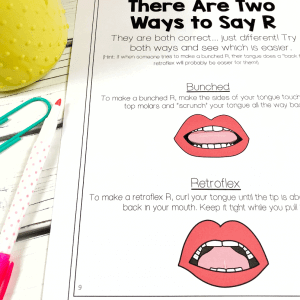
.
If you’re interested in getting hooked up with more R tips and receiving a free visual that describes Bunched vs Retroflex R (like the one above), we can do that too! Just click here to become a VIP! (Very Important Pathologist) You can unsubscribe at any time but you won’t want to because it gives you access to my Freebie Library, including the Bunched vs Retroflex freebie pictured above! (Taken from my Teaching R pack.)
You’ve got this, rockstar!






